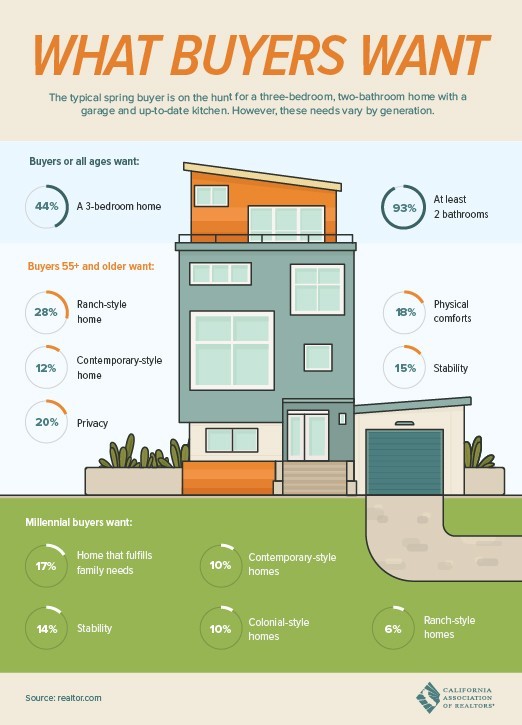
Ever wish you could get away from it all?
This four-story, 22-room, 8,000-square-foot castle for sale for $900,000 in the Nevada desert is one solution.
“In a lot of ways, it’s a ‘doomsday prepper’ dream home…extremely self-sustaining, secure and — admittedly — quite odd,” Jake Rasmuson, who is marketing the property, tells CNBC Make It.
“Basically this property is an enormous, privately owned fortress with 16-inch-thick concrete walls and self-sustained energy systems using solar and wind, and with a 4,000-gallon water storage/rain catchment system. It’s located in the middle of the Nevada desert, and the owner has added two enormous, vintage pipe organs which resonate through the halls [when played], only adding to the oddity of it all,” Rasmuson says.
So-called “doomsday preppers” are people and groups preparing for worst-case scenarios, like the end of the world as we know it. Companies that cater to doomsday preppers sell things like food preserved in military grade Mylar pouches, portable toilets, propane grills, solar panels, generators. (When the perceived tensions between the United States and North Korea increased in the summer of 2017, such companies’ sales increased, the New York Times reported at the time.)
Those who can afford to do so — think Silicon Valley tech elite and New York City financiers — are going a step further, buying bunkers and homes where they can hold up in the event of calamity. “Hard Luck Mine Castle” in Goldfield, Nevada, is one such option.
Take a look inside.
Read the Rest Here


